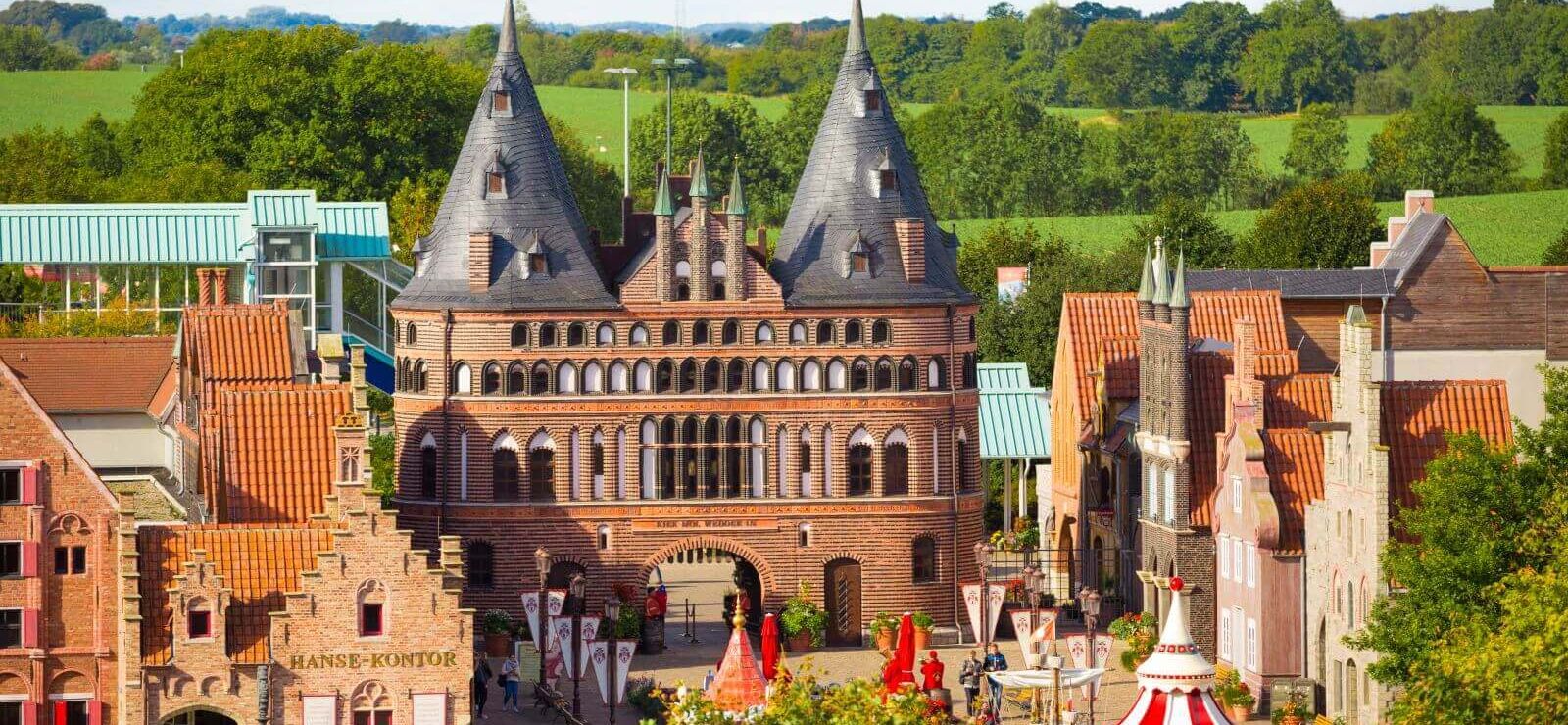
The Hanseatic League today
The times when heavily-loaded and highly armoured cog ships dominated the Baltic Sea trade may long be over but the idea behind the Hanseatic League continues to live on. The alliance of cities was revived at the Dutch town of Zwolle in 1980. Idealists met to breathe new life and modern thinking into the old Hanseatic principles of strong economic, social and cultural city communities beyond state borders.
Meanwhile 173 cities from a total of 15 European states, some as far east as Russia’s Novgorod, have joined the ‘New’ Hanseatic League, making it the world’s largest voluntary alliance of cities. At the same time, it is an exclusive circle: only cities which had once been part of the historical Hanseatic League, had been closely connected to it or had been trading posts [kontors] for a longer time or housed branches of the Hanseatic League are accepted as members.
With its work the modern-day alliance strives to contribute to deepening the European integration process at an economic, cultural, social and national level. Based on the “Hanseatic principle”, the alliance assumes this can be achieved best, most thoroughly and democratically by strengthening the responsibilities and self-reliance of cities and communities. How to pursue this aim in practice is something the cities will discuss in a very traditional way: at their annual Hanseatic League assemblies.
